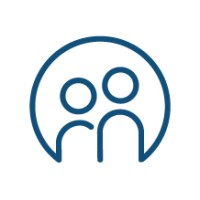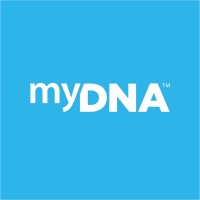
Parkinson's Resources of Oregon
Parkinson's Resources of Oregon (PRO) helps patients and caregivers manage Parkinson's disease with helpful programs and services. We are dedicated to meeting the support needs of the Parkinson's community of Oregon and Southern Washington. We step in to help the patient and family where the medical team leaves off. Whether the need is for basic symptom information, or assistance with locating respite care, PRO has the caring and compassionate staff and volunteers necessary for a valuable and prompt response.






